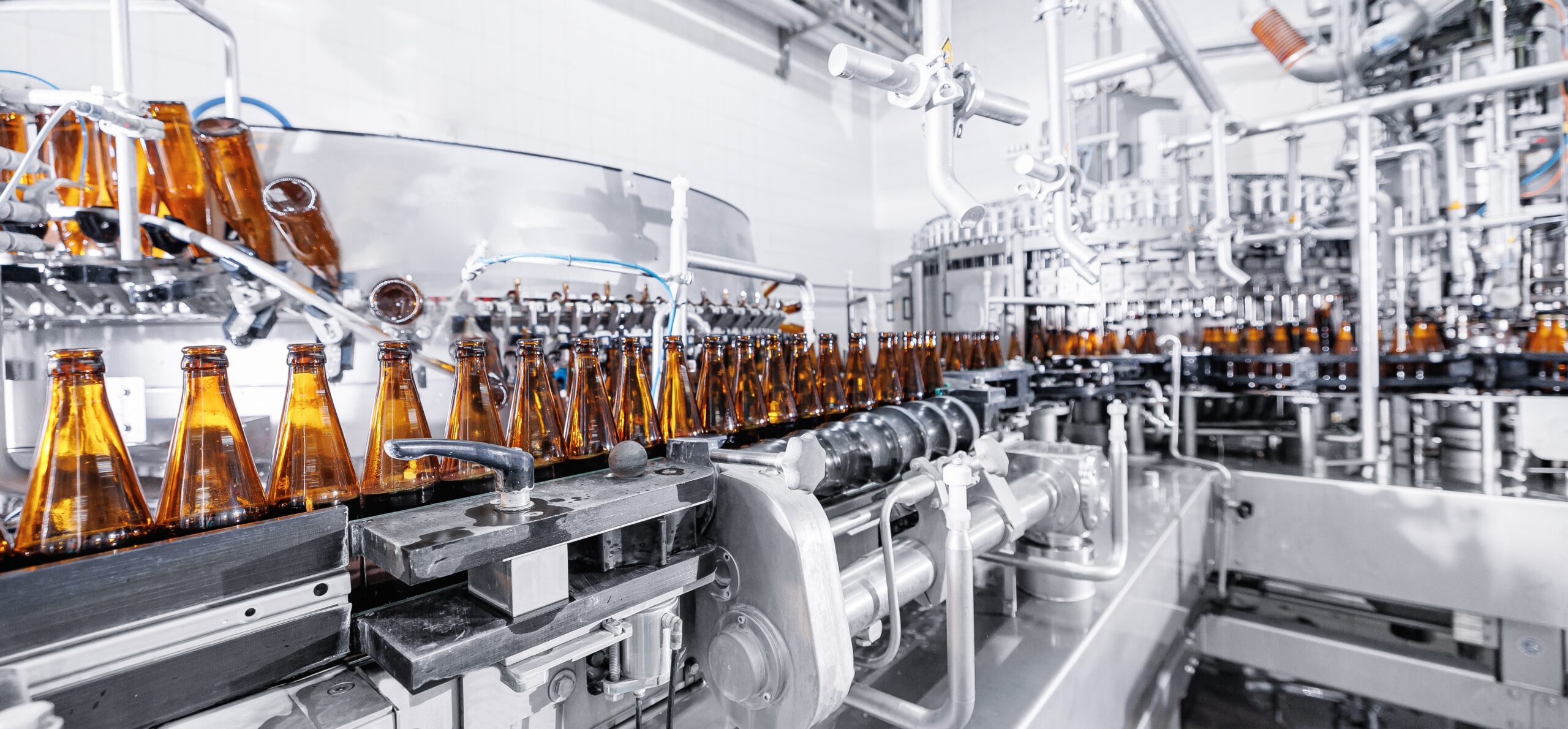Bottling provides various storage solutions within the food and beverage industry. Many modern products, from bottled beverages to medicines and cleaning products, are packaged and stored in bottles. To prevent the contents inside the bottle from spoiling, manufacturers often use nitrogen gas to displace oxygen and moisture. The most efficient method for this is a nitrogen generator (See more: Bottle Manufacturing with Nitrogen Gas).
Nitrogen generators produce an on-demand supply of N2 gas from the surrounding air. This reduces the risk of accidental depletion during critical operation times and can be significantly less expensive than relying on costly contracts with gas suppliers.
Because nitrogen is a dry, inert gas, it is the best choice for preserving and storing bottled products. Here are a couple of reasons why:
- The dew point of nitrogen is extremely low, which means there is very little chance of moisture developing inside the bottle when nitrogen displaces the oxygen.
- Its inert properties prevent it from igniting, making it a very safe gas to handle in a manufacturing environment.
Without nitrogen, the risk of oxidation significantly increases. Oxidation is a reaction that occurs when oxygen and moisture are present. If moisture and oxygen are present during the bottling process, the quality of the bottled product can be compromised. Mold may grow, the product may lose effectiveness, taste may be altered, or carbonation could be affected. By using nitrogen to displace these unwanted elements, the product can be preserved to enhance shelf life, ensuring consumer satisfaction.
A nitrogen generator installed at the point of process allows the bottling facility to reduce production costs, maintain environmental safety, and keep operations running smoothly. Many manufacturing facilities are surprised to learn how much money they can save by switching to a nitrogen generator from South-Tek Systems. South-Tek Systems is the leading manufacturer of on-demand nitrogen generation systems. They offer free cost analysis to help facilities understand how much they could save by switching from expensive delivered gas to an on-site N2 Generator.
